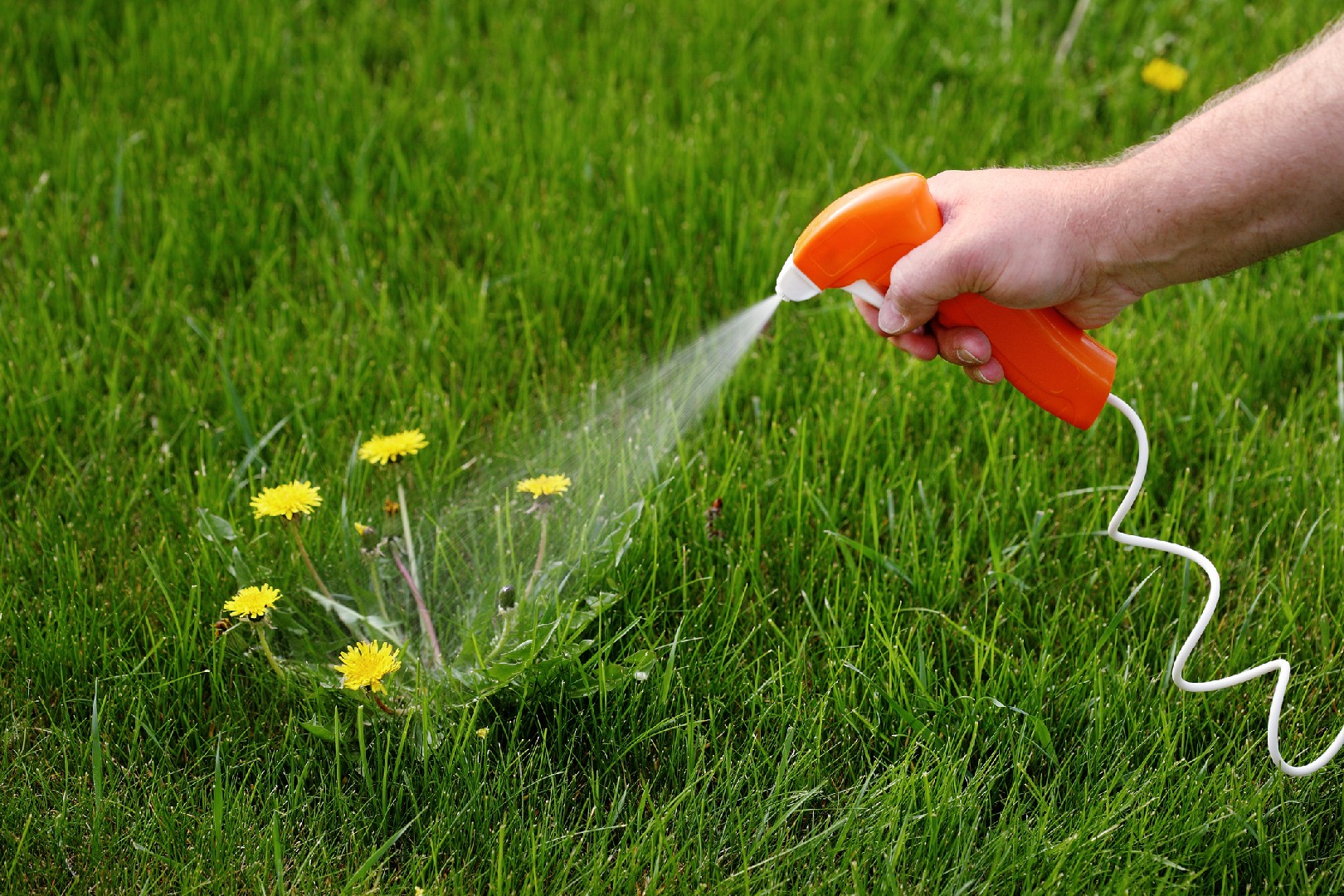![Rectangle]()
The Science of Herbicides: What They Are and How They Work
Herbicides, also known as weed killers, are chemical substances used to control or eliminate unwanted plants. They are an essential tool in gardening, agriculture, and landscaping, as they help to maintain the health and appearance of desired plants by eliminating competition from weeds. Understanding herbicides and how they work is crucial for effective and safe weed control.
There are various types of herbicides available, each with its own mode of action and use cases. The three main categories of herbicides are selective, non-selective, and pre-emergent herbicides.
Selective herbicides are designed to target specific types of plants while leaving desired plants unharmed. They work by targeting specific enzymes or metabolic pathways that are unique to these targeted plants. For example, dicamba, a common selective herbicide, interferes with the plant's ability to grow and survive by disrupting its hormonal balance. Selective herbicides are commonly used in lawns and gardens, where the goal is to eliminate weeds without harming grass or ornamental plants.
Non-selective herbicides, on the other hand, are not specific to certain plants and will kill any vegetation it comes into contact with. This makes them useful for areas where complete vegetation removal is necessary, such as in driveways, sidewalks, or industrial sites. Glyphosate, the active ingredient in popular non-selective herbicides like Roundup, works by inhibiting an enzyme necessary for plant growth, eventually leading to the plant's death.
Pre-emergent herbicides are applied before weed seeds germinate, creating a barrier that prevents the weeds from emerging. These herbicides work by inhibiting root and shoot development, effectively choking the weed seedlings. They are commonly used in agricultural fields, gardens, and lawns to prevent the growth of annual weeds.
While herbicides are effective in weed control, it is essential to handle and use them safely to minimize their impact on plant life and the environment. Overusing herbicides or using them improperly can lead to unintended consequences, such as the contamination of water bodies or the destruction of beneficial plants. It is crucial to read and follow the instructions on the herbicide label, including proper dosage, application methods, and safety precautions.
To ensure the safe and eco-friendly use of herbicides, it is recommended to consider alternative weed control methods whenever possible. Integrated pest management practices, such as manual weed removal, mulching, or biological controls, can be used in combination with judicious herbicide usage to minimize the overall reliance on chemicals.
By understanding the science behind herbicides, their different types, and their proper usage, gardeners, farmers, and landscapers can effectively control weeds while minimizing environmental impact. It is important to stay informed about the latest developments in herbicide research and to adopt best practices to promote safe and sustainable weed control.





